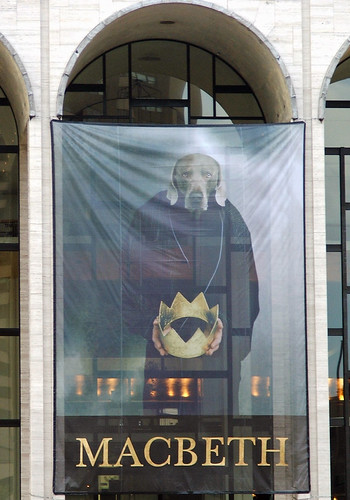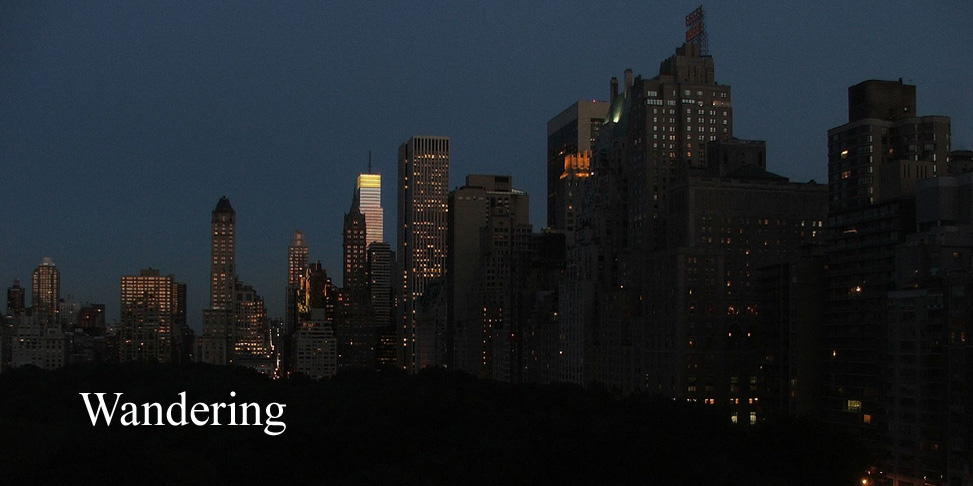
The Met has a new production of Verdi’s Macbeth this season.
Macbeth follows the Shakespeare play with a few variations:
http://en.wikipedia.org/wiki/Macbeth_(opera)
The cast was uniformly strong: Macbeth was Zeljko Lucic from Serbia and Montenegro and new to the Met. His strong baritone had a lyrical expressive quality which contrasted with the darker bass of John Relyea as Banquo. Lady Macbeth was Maria Guleghina, born in the Ukraine. Two young American tenors completed the cast with Dimiri Pittas, who has major aria in an otherwise short appearance as Macduff; and Russell Thomas as Malcolm.
James Levine had a large orchestra assembled and the music was very powerful. As an opera Macbeth tends to wander from episode to episode, but in this case it was given great cohesion and momentum by the conductor, orchestra and strong singing. The score contains some eerie music at points where the story touches the supernatural. According the program note the music for Macbeth’s vision of Banquo’s descendants is scored for six clarinets and other winds all intended to be under the stage. As best I could tell they were under the stage, and it’s quite likely there were six clarinets although I wasn’t able to count them.
The production by English director Adrian Noble used one large semi abstract set with lots of trees in the back and moving pillars and screens which framed the scenes inside castle walls. This allowed the scenes to flow freely from one to the next with good effect. I wonder if there will ever be calls for authentic performances with long breaks between scenes with the sound of hammering from behind the curtain.
The movements of the flexible set were effective as was the arrangement and movement
of cast and soloists on the stage. However, the costumes were modern dress. This was not particularly intrusive, but I wonder why it was done. Do we need instruction that civil war and political ambition are still with us? It’s hardly a new idea. I’m not suggesting that kilts and tartans would have helped, but less specific dress would have worked well here.
One of the changes Verdi made to Macbeth was to substitute a chorus for the three witches. Here the chorus is made up of ladies in overcoats with handbags. When in working order the handbags opened to light the owners face from below giving spooky effect. The New York Times called them bag ladies, which might have been a good idea, but these ladies didn’t have the right kind of bag, and looked reasonably well dressed.
There was also a lot of weaponry – mainly rifles and automatic pistols; though a white SUV appeared in the last act to allow boxes of guns to be unloaded. Directors seem to love unloading boxes of guns. However they must all have been toy guns. All the murders were in the traditional manner by stabbing and in the final battle the rifles were not fired but used as sticks in kendo fashion.
Macbeth - Metropolitan Opera New York 31 October 2007





No comments:
Post a Comment